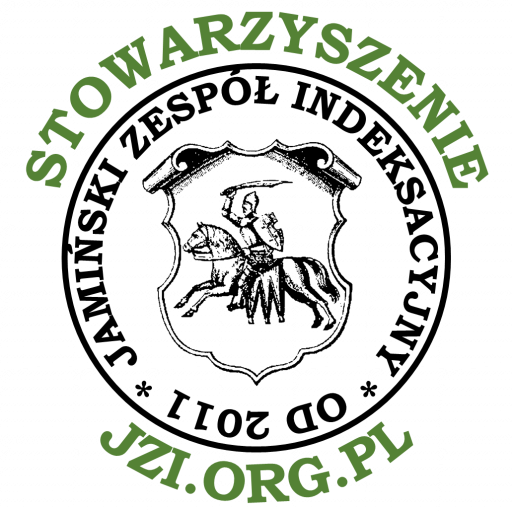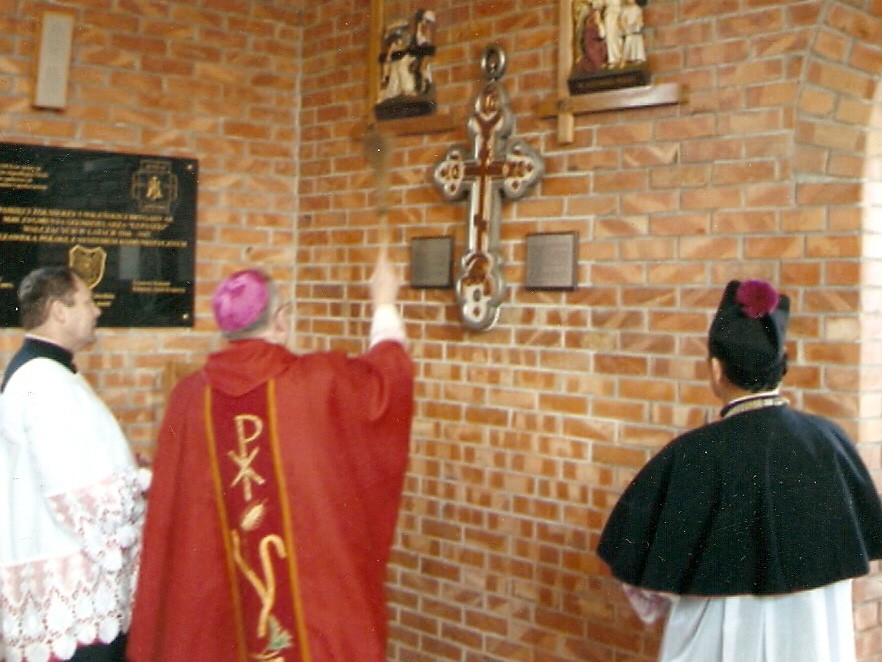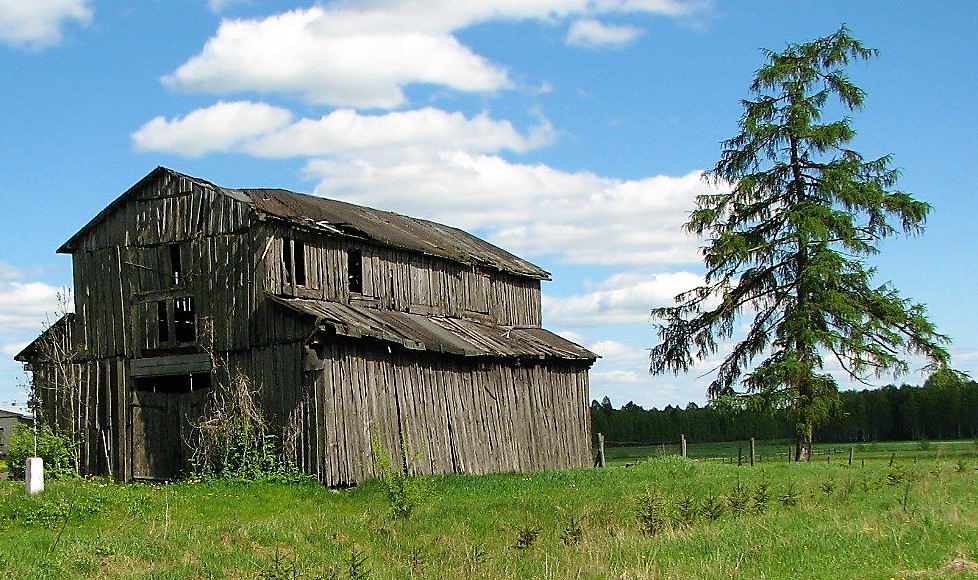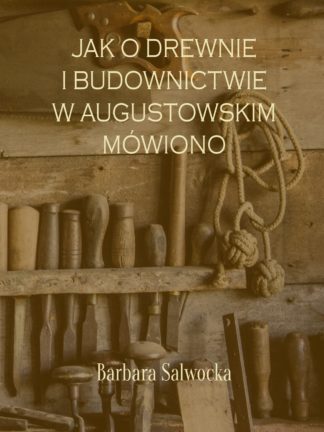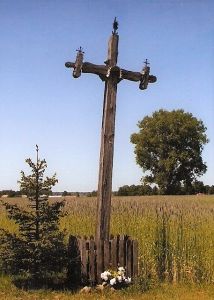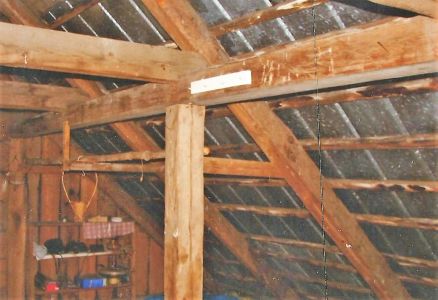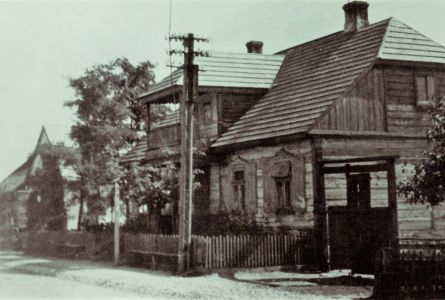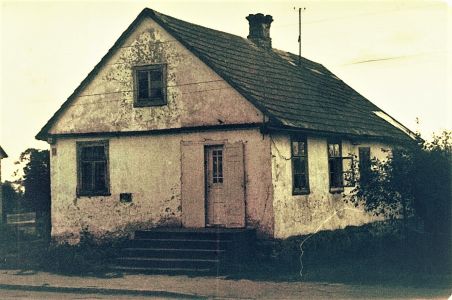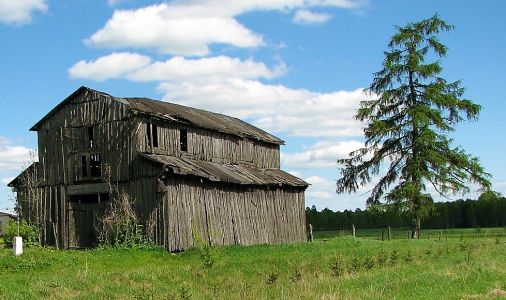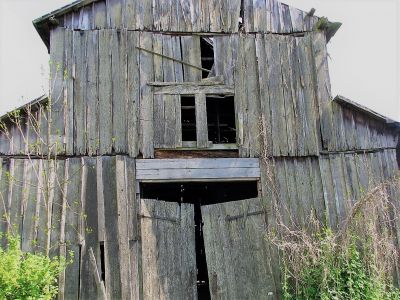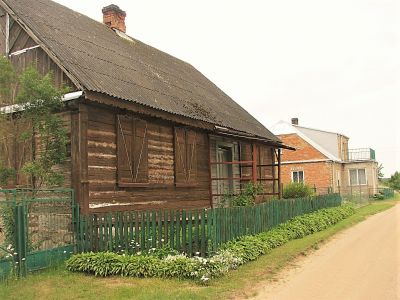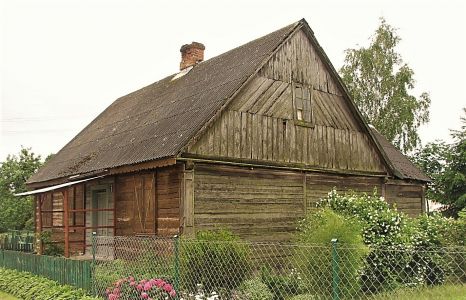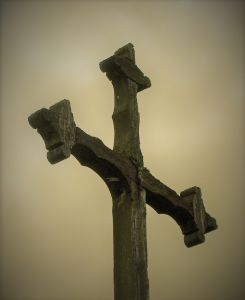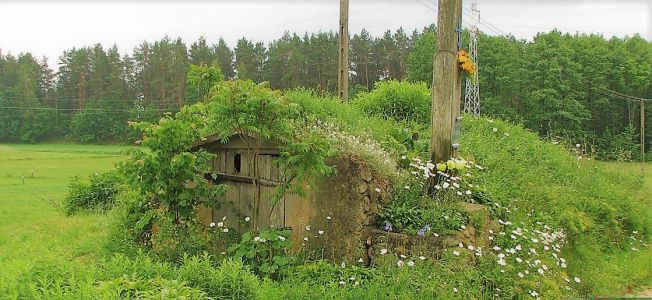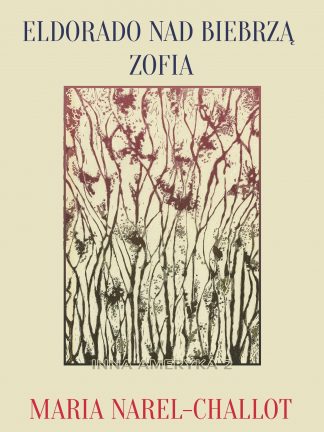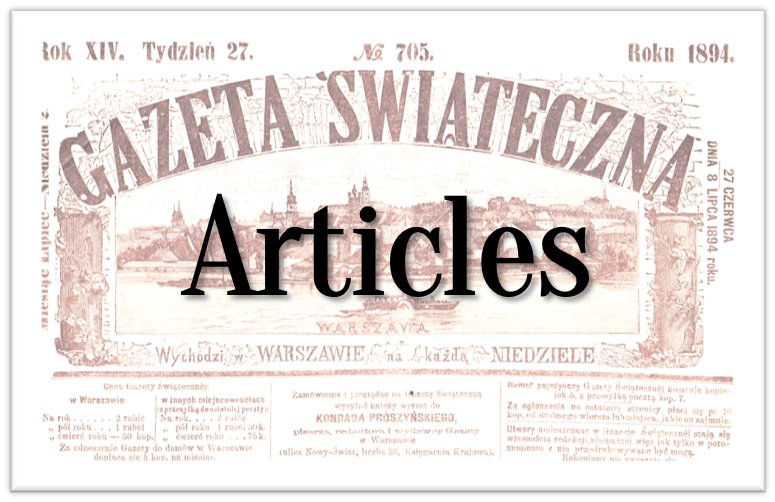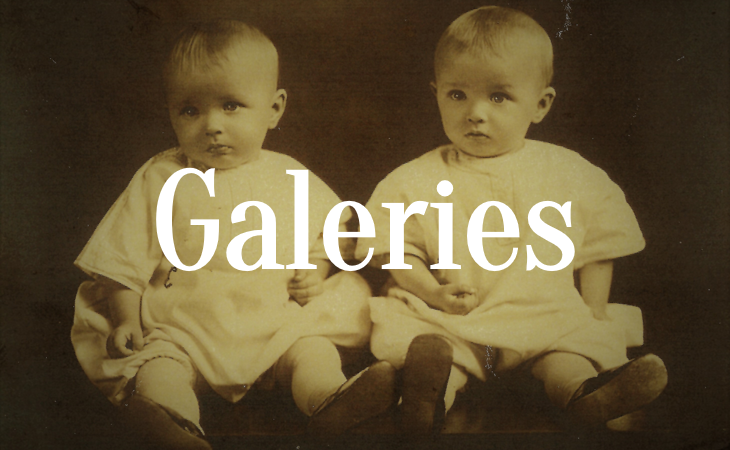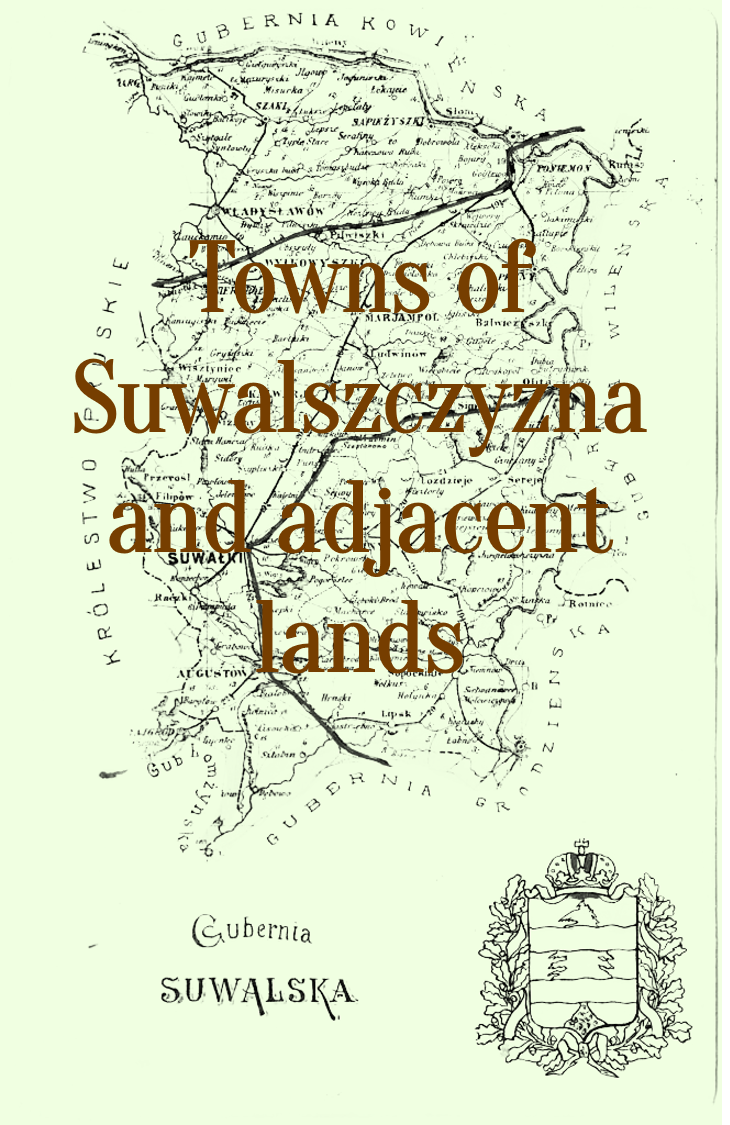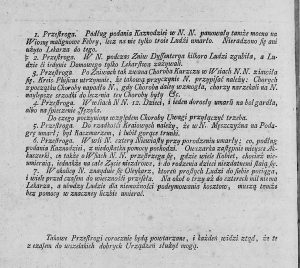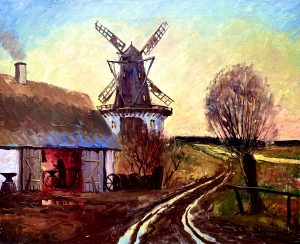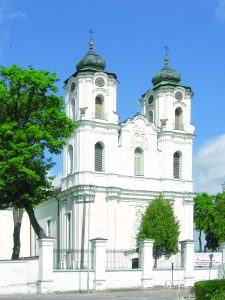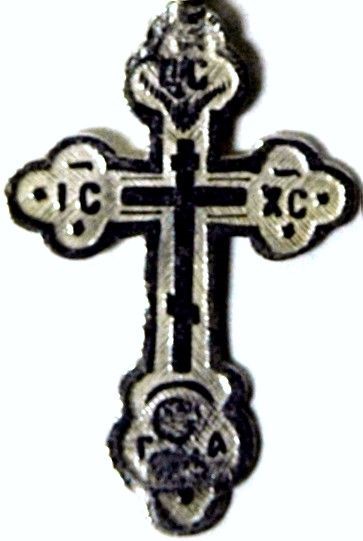
Discovery
Almost exactly 13 years ago, in March 2007, being a ranger in Napiwoda, I found human remains with military equipment in the forest near Moczysko. Among the items I also found a silver cross that believers wear around their necks. Orthodox cross. The site of the find is a place where on the last day of the battle of Tannenberg, on August 30, 1914, the remains of 3 corps withdrew to Russia through the forests between Nidzica and Zimna Woda, in disarray and mostly on their own.
If you look at the maps of East Prussia before the First World War, then not far south from Nidzica was the border between tsarist Russia and imperial Germany. Polish Kingdom - if it is written there, it is only lowercase. To freedom, to live - to the Russian border - the Kingdom of Poland - this soldier only had a few kilometers left, an hour of walking!
A small Orthodox cross, a soldier's mother, somewhere far from here, hung her son going to war, with the blessing and hope that he would bring his son home. It happened differently. The cross lay here in former East Prussia, on foreign land, for over 90 years.
Meaning
Description of the meaning of the symbolism contained on this Cross obtained from Museum of the Icon in Supraśl, a branch of the Podlasie Museum in Bialystok:
It is an Orthodox cross, with arms ended with a three-note leaf. It was probably decorated with enamel. Inside is a smaller cross with eight ends, characteristic of Orthodoxy. The lower diagonal bar refers to the scene of the Crucifixion from the Gospel according to St. Łukasz, where two rogues were crucified next to Jesus. One end is raised, it points to the sky, which is the place where the Good Thief goes. The other end points to hell, or the place where the other villain, full of pride, goes.
Letters in Cyrillic, which are on the shoulders in the Polish alphabet, mean: IS (Jesus), XS (Christ), letters at the top CS (King of Glory).
The letters at the bottom are GA (Adam's Tomb or Golgotha). According to apocryphal sources, the first man Adam was buried in this place and Jesus was crucified in this place to redeem his and our sins. The motif under the cross is Adam's skull.
Unfortunately, the lower part of the cross is very blurred and it is difficult to say what else is there. Punches, which are on the back of the cross, can tell which city in Russia he came from. Unfortunately, which place in Russia is difficult to say.
signed by Maciej Ćwiklewski.
Information on the origin of the cross received from Bogusław Perzyk read from the signatures on the reverse:
- The object was manufactured in the studio of Wasilij Nikolajewicz Czułkow (WNCz)
- The manufacturer was registered at the Assay Office of the Kostroma Governorate.
- The object was made of silver "84"
Commemoration
Near my find is the village of Zimna Woda. On the edge of this village is one of the many battle cemeteries of this war, where 37 Russian soldiers were buried. Closer to the village, at the stone monument, there is a grave of 7 German soldiers. They all died on August 30, 1914.
The church in Zimna Woda, built among forests, is a good place for this cross - souvenir after young people from 100 years ago - soldiers for whom our forests were home in their last days of life. A cross was solemnly suspended in this church against the background of a carved, enlarged copy of it.
